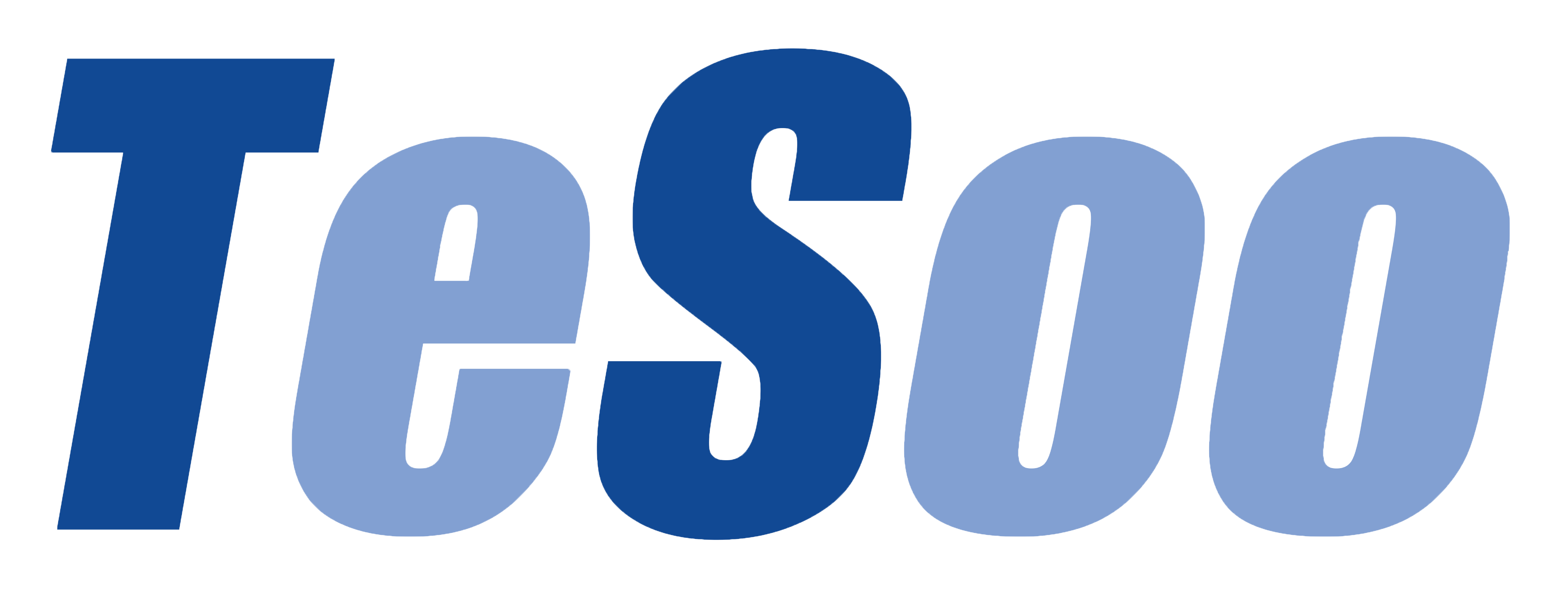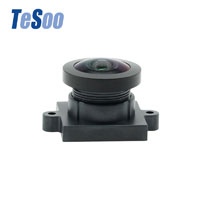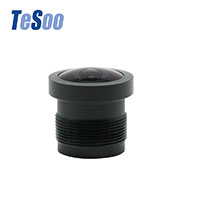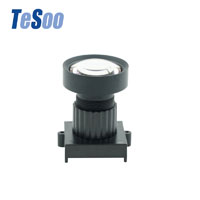Vehicle Lenses Empower Autonomous Driving
1. The industry development trend of vehicle lens
The vehicle lens is a big trend, and the camera will become the most important kind of automatic driving sensor in all cars. This is both an opportunity and a challenge.
The current situation of the industry is: low-end camera lens market price competition is fierce, camera lens suppliers' profits are thin; High-end camera lens market industry threshold is high, design and production is difficult.
For example, ADAS has very strong algorithm binding, which brings great challenges in the process of algorithm binding. The optical axis of the camera lens must avoid the optical axis deviation as much as possible during the operation of the car, which is a great challenge.
Especially for the current increasingly high resolution requirements, the number of lenses will be more and more, to ensure the optical axis accuracy will be more and more difficult. Because the camera lens used by DMS and OMS is oriented to the car, the space left is very small, generally no more than 12mm in length. At the same time, ensuring the optical performance and temperature performance of the lens is a great challenge to the tolerance control of optical design and production.
2. The era of autonomous driving for vehicle lens
At present, a large number of on-board lenses are plastic. However, with the development of camera resolution, it is difficult to meet the demand with plastic lenses. In the case of limited space and increasingly high requirements for reliability and reliability, glass aspheric surface has become a major trend.
Compared with the manual parking observed by the human eye, the automatic parking function has higher and higher requirements for the changes of the optical axis and the definition of the image, and it also needs to ensure stable work at different temperatures.
The Angle tolerance of conventional cameras is relatively large, the general standard tolerance is 5%, the actual camera lens can achieve a better case of 2% to 3%. According to the customer's demand, the Angle accuracy has reached less than 0.5%. Such Angle accuracy is very difficult, and it has very high requirements for tolerance control of parts, including some tolerance matching and final adjustment during the assembly process, so as to control FoV.
The arrival of the era of autonomous driving is both an opportunity and a challenge. Future products in the middle and high-end market, to achieve high quality and high cost performance, it is necessary to re-screen the supply chain, reduce the cost of glass aspheric surface, and do customized development to meet the needs of different customers.
There are many automotive lens manufacturers. Why do customers choose us? The most important thing is to achieve the optimal market plan and the most competitive.
Popular Camera Lens
Hot Camera Lens Articles

 English
English 

